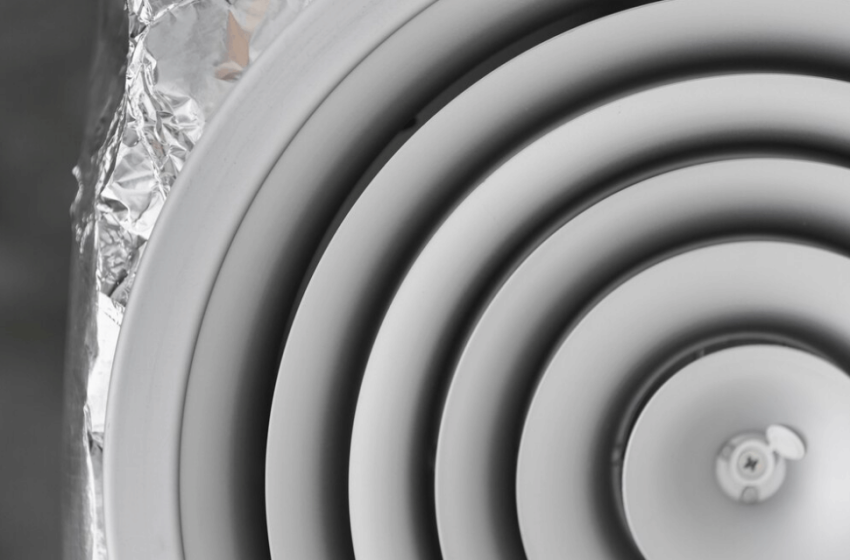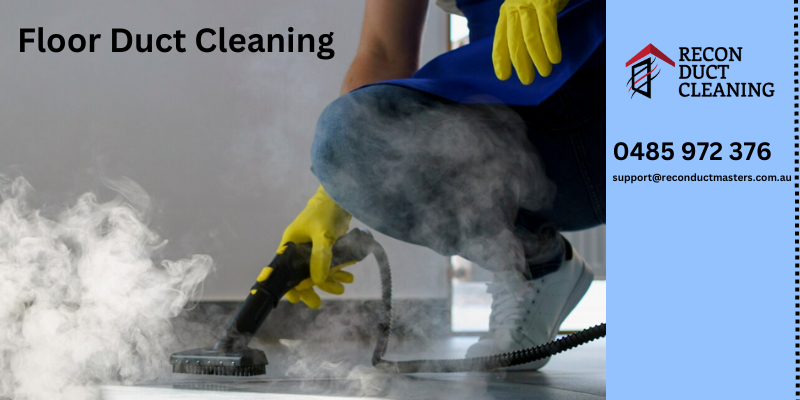6 Essential Tools for Air Duct Cleaning

Air duct cleaning is an essential part of maintaining the air quality and efficiency of HVAC systems. Over time, dust, debris, and allergens can accumulate in the ducts, reducing airflow and potentially causing health issues. To ensure a thorough and effective cleaning, professionals rely on specialized tools. In this article, we will explore six essential tools for air duct cleaning that every technician should have in their arsenal.
1. Air Duct Cleaning Vacuum
A powerful vacuum is one of the most crucial tools in air duct cleaning. It is used to remove dust, debris, and contaminants that have built up inside the ducts. Air duct cleaning vacuums are specifically designed for this purpose and are much more powerful than household vacuums.
Types of Air Duct Cleaning Vacuums:
-
Truck-Mounted Vacuums: These are the most powerful type of vacuum used in air duct cleaning. They are mounted on the technician’s vehicle and connect to the air ducts via hoses. Truck-mounted vacuums offer strong suction power, making them ideal for large systems and homes.
-
Portable Vacuums: These are smaller, more portable vacuums used for residential and smaller commercial cleaning jobs. They have powerful motors but do not offer the same suction power as truck-mounted models. However, they are still effective and are ideal for areas where a truck-mounted vacuum cannot reach.
The vacuum is connected to the air ducts with a flexible hose, and once turned on, it creates negative pressure, which pulls dust and debris out of the system. The vacuum bag or filtration system ensures that the dust and allergens are contained, preventing them from being released back into the air.
2. Air Duct Brushes
Air duct brushes are another essential tool for cleaning the interior surfaces of ducts. These brushes come in various sizes and shapes to fit different duct types and sizes, ensuring that every corner of the system is cleaned thoroughly. They can be used with a rotating action to dislodge dust, dirt, and other debris that may be stuck to the duct walls.
Types of Brushes:
-
Manual Brushes: These are hand-held brushes that are often used for small duct systems or in areas where a motorized brush may not fit. They come in different lengths and widths to accommodate various duct sizes.
-
Rotary Brushes: These are motorized brushes that rotate while being pushed through the ducts. They are commonly used in larger systems and offer more efficient cleaning. The rotating motion helps scrub the walls of the ducts and loosen any accumulated debris.
Using brushes is important because vacuuming alone may not remove everything, especially sticky dirt and grease. Brushes are particularly effective in breaking down tough buildups and getting the ducts fully clean.
3. High-Pressure Air Whips
High-pressure air whips are tools that use compressed air to blow dust and debris out of the ducts. They are effective for clearing stubborn contaminants that may not be easily removed by brushes or vacuums. Air whips are typically used in combination with vacuum systems for optimal results.
These devices are often connected to a hose and have a nozzle that generates a high-pressure stream of air. The technician inserts the whip into the duct, and the powerful air flow loosens and pushes debris toward the vacuum system for removal.
Benefits of High-Pressure Air Whips:
- They are especially useful for reaching deep into the ducts, even in areas that are difficult to access.
- They can clean both flexible and rigid duct systems effectively.
- The intense air pressure helps to break apart hardened deposits, making it easier for the vacuum to remove them.
High-pressure air whips are a great tool for achieving a comprehensive cleaning, particularly in hard-to-reach or complex ductwork.
4. Duct Camera Inspection System
A duct camera inspection system is a tool used to visually inspect the inside of air ducts before and after cleaning. This system helps technicians identify problem areas, such as clogs, mold, or damage, and ensures that the ducts are fully cleaned.
Features of a Duct Camera System:
-
High-Resolution Cameras: Modern duct camera systems feature high-resolution cameras that provide clear, detailed images of the inside of ducts. These images help technicians determine if the ducts are clean and free of contaminants.
-
Flexible Cables: The camera is attached to a long, flexible cable that can be maneuvered through the ducts to access hard-to-reach areas. Some systems have robotic cameras that can be controlled remotely.
-
Recordable Output: Many systems allow technicians to record video footage of the inspection. This footage can be reviewed later or provided to the customer to demonstrate the extent of the cleaning.
The use of duct cameras improves the efficiency and accuracy of the cleaning process. It also allows technicians to detect hidden issues that might not be visible through standard inspection methods, such as leaks or structural damage in the duct system.
5. Negative Air Machine
A negative air machine is a crucial tool for creating a safe and clean air environment during the duct cleaning process. It works by creating negative pressure within the ducts, which helps to contain and remove dust, debris, and other contaminants from the air.
The negative air machine is connected to the air duct system via hoses. Once activated, it pulls air from the ducts, creating a vacuum-like effect. The machine uses HEPA (High-Efficiency Particulate Air) filters to trap dust, allergens, and other small particles, ensuring that they do not re-enter the room or contaminate the surrounding environment.
Benefits of a Negative Air Machine:
- Dust Containment: By creating negative pressure, the machine ensures that debris and dust are trapped and contained, preventing it from circulating throughout the building.
- Improved Air Quality: The HEPA filtration system helps capture fine particles, improving the air quality during and after the cleaning process.
- Safe Environment: Negative air machines reduce the risk of cross-contamination and ensure that the work area remains safe for both the technician and the occupants of the building.
These machines are often used in commercial and residential air duct cleaning projects, especially in larger buildings or where there is a need to maintain high air quality standards.
6. Duct Sealing Tools
Once the ducts have been cleaned, it is essential to seal any cracks or leaks that could compromise the system’s performance. Leaky ducts can result in inefficient airflow, higher energy bills, and the infiltration of dust and allergens.
Duct sealing tools are used to apply sealant to the joints and seams of ducts. There are several types of duct sealing methods, but the most common ones involve either using mastic sealant or applying foil-backed tape.
Duct Sealing Methods:
-
Mastic Sealant: This is a thick, paste-like substance that is applied directly to the joints and seams of the ducts. It dries to form an airtight seal that prevents air leakage and the entry of contaminants.
-
Foil-Backed Tape: This tape is specifically designed for sealing ducts. It is resistant to high temperatures and offers a strong bond. The tape is typically used for sealing smaller gaps or cracks in the ducts.
Using duct sealing tools not only improves the efficiency of the HVAC system but also helps maintain clean air quality by preventing contaminants from entering the system after cleaning.
Duct Cleaning in Utah: Ensuring Clean Air in a Unique Climate
Duct cleaning in Utah is essential due to the state’s unique climate, which can cause increased dust, pollen, and other allergens to accumulate in air ducts. The dry conditions and frequent dust storms contribute to the buildup of debris inside HVAC systems, reducing air quality and affecting respiratory health. Regular professional duct cleaning Utah helps remove these contaminants, improving airflow and energy efficiency. With Utah’s diverse landscapes, from mountainous areas to valleys, ensuring your ducts are cleaned thoroughly can protect both your HVAC system and your family’s health. Consider hiring local experts for a tailored, high-quality cleaning service.
Cleaning the furnace blower motor is a critical part of air duct cleaning and HVAC maintenance. Over time, dust, dirt, and debris can accumulate on the blower motor, causing it to work harder and potentially leading to mechanical failure. Regular cleaning of the blower motor helps maintain the furnace’s efficiency and extends its lifespan. Technicians typically use specialized brushes and air compressors to remove buildup from the motor and fan blades, ensuring smooth operation. Proper maintenance of the blower motor can prevent overheating, reduce energy costs, and improve indoor air quality by preventing contaminants from circulating through the ducts.
Conclusion
Air duct cleaning is an essential service for maintaining healthy indoor air quality and improving the efficiency of HVAC systems. To perform this job effectively, technicians rely on a variety of specialized tools. From powerful vacuums to high-pressure air whips and duct cameras, each tool plays a crucial role in ensuring that the ducts are thoroughly cleaned and free of contaminants.
For more information visit this web: websarticle.com


